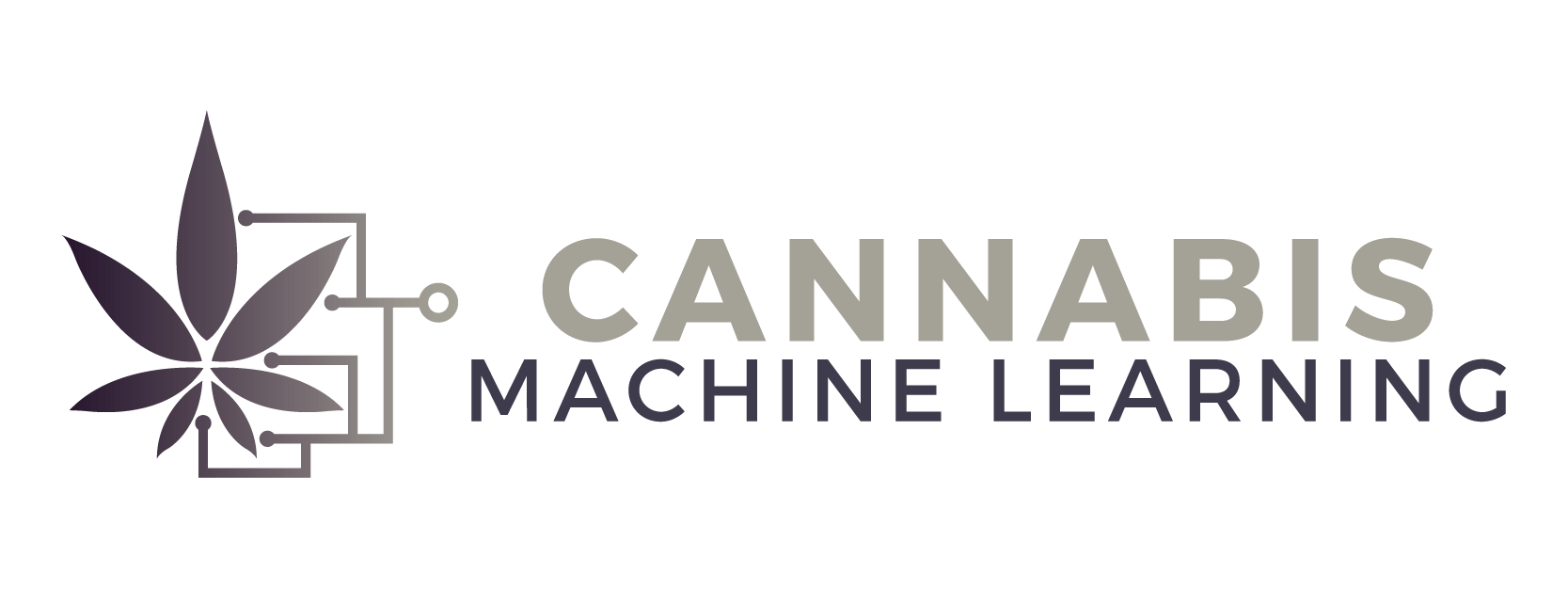As the cannabis industry continues its transformation from a niche market into a data-driven, regulated sector, operators are looking beyond the greenhouse for lessons in growth. One of the most promising models? The pharmaceutical industry—an established player in health sciences that’s already using machine learning (ML) to accelerate research, predict demand, and ensure safety.
Now, cannabis companies are exploring how they, too, can leverage these tools not only to improve efficiency but also to gain legitimacy in the eyes of regulators, patients, and investors.
Rethinking Formulation with Data
In pharmaceutical development, machine learning is being used to speed up drug discovery by identifying patterns in molecular data that would be impossible for humans to detect. This approach allows researchers to develop highly targeted treatments with reduced time and cost. Cannabis product developers are beginning to apply a similar logic—mining data sets that include lab results, patient feedback, and strain genetics to better understand which cannabinoid and terpene profiles are most effective for certain conditions.
“Machine learning gives us the ability to move away from anecdotal evidence and get closer to evidence-based recommendations,” said a cannabis R&D executive at a multi-state operator. “It’s no longer about just indica or sativa—it’s about how specific compounds interact with real patient data.”
Learning from Pharma’s Supply Chain Evolution
The pharmaceutical sector has also demonstrated how ML can transform supply chain logistics. Predictive algorithms help pharmaceutical companies anticipate regional drug demand, identify bottlenecks, and prevent overproduction. For cannabis operators managing inventory across multiple states with distinct regulations, the opportunity to adopt similar forecasting tools is increasingly attractive.
In an industry where product shelf life and compliance requirements are unforgiving, being able to anticipate what customers will want—weeks or months in advance—could help reduce costs, eliminate waste, and ensure timely delivery.
Automating Compliance and Risk Management
Few industries are as tightly regulated as pharmaceuticals. Over the past decade, machine learning has become a vital part of how companies manage compliance and mitigate risk—by scanning documents for errors, flagging irregularities, and tracking outcomes in real time. The cannabis industry, where compliance mistakes can mean lost licenses or massive fines, stands to benefit from similar applications.
Operators are already experimenting with ML tools that analyze point-of-sale data for suspicious purchasing patterns, audit packaging for regulatory accuracy, and verify lab testing results. As states continue to revise cannabis laws, real-time compliance monitoring will likely become a standard operating procedure—just as it has in pharma.
Toward Personalized Cannabis Therapies
Machine learning has also driven advances in personalized medicine, helping doctors select treatments based on a patient’s genetic profile, age, or lifestyle. Cannabis companies are exploring this frontier, too—integrating ML into recommendation engines that help patients and consumers find the right products for their needs.
As more cannabis users seek products for pain, anxiety, or sleep, the ability to offer precise recommendations based on individual responses is expected to become a key differentiator for brands and dispensaries alike.
A Roadmap for Responsible Innovation
The cannabis industry is at a critical junction—where innovation must meet regulation, and trust must be earned. By studying how pharma has adopted machine learning to navigate these same challenges, cannabis companies can gain more than just a technological edge—they can establish a reputation for reliability and scientific rigor.
In a space where trust and transparency are paramount, learning from a mature industry like pharma may not just be smart—it might be essential.

